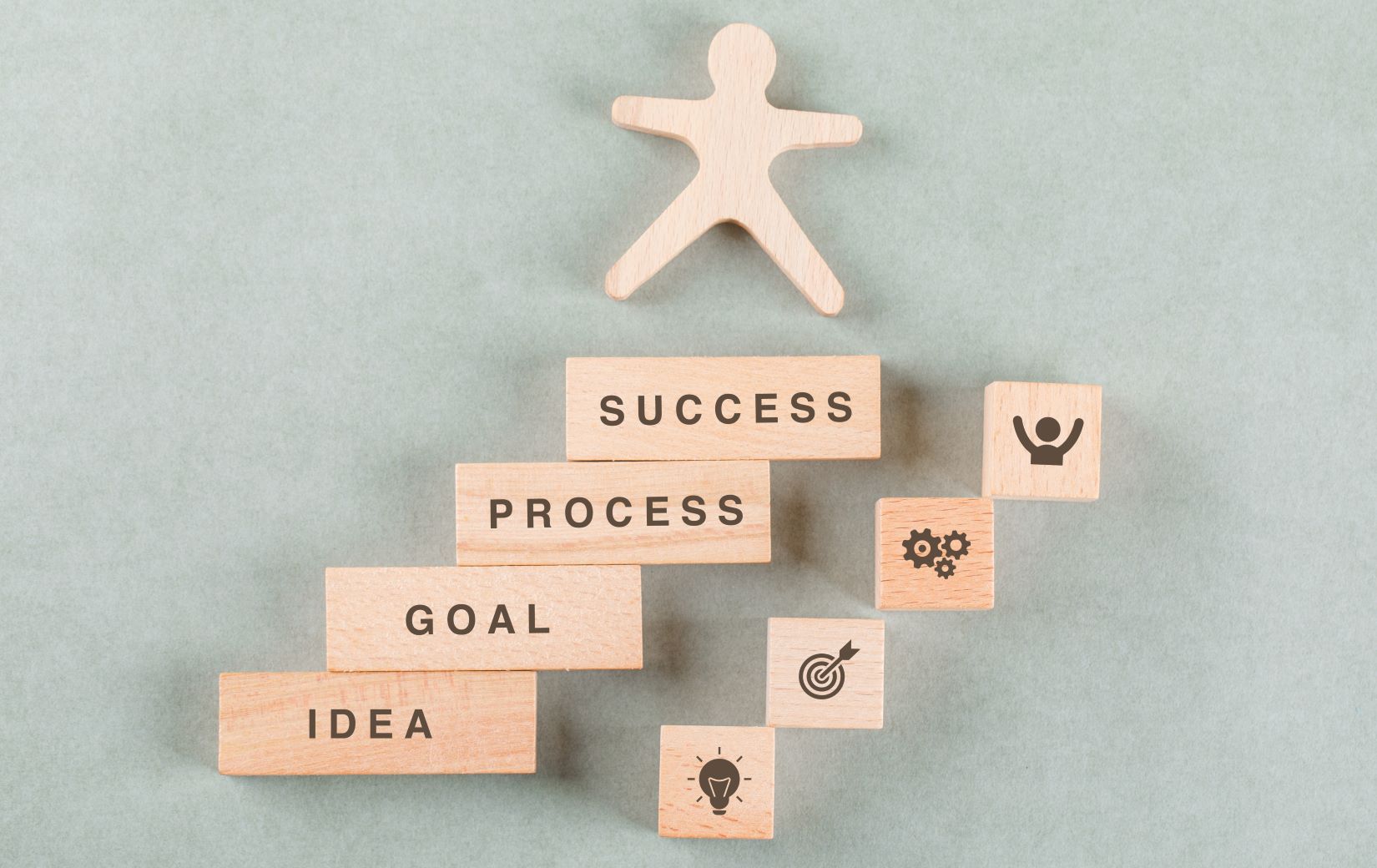One-minute Stress Relief Techniques
Careers, Jobseekers / 07 November 2023
Stress-management techniques can be a valuable addition to your mental health toolkit and help you manage your stress levels at work. Most jobs can be stressful occasionally, and how we cope with stress triggers depends on our personalities, circumstances, coping mechanisms and work environment. Let’s look at how we can identify stress and some one-minute stress relief techniques to alleviate our reaction in a stressful situation.

Why stress isn’t always a bad thing
Stress in itself is not always negative. In fact, it is an essential and useful physical reaction that can serve us well in some situations. For example, when taking an exam, competing in sports, or giving a presentation, stress can sharpen our focus and help us perform at our best. It can also keep us safe, stimulating hormones and behaviours that enable us to recognise and avoid danger.
However, stress becomes problematic when it persists for long periods, even when we are not under real or perceived threat.
Recognising the signs of stress
Step one of managing stress in the workplace is to recognise it. Symptoms of stress include:
- Irritability and snapping at colleagues
- Dreading going to work
- Anxiety
- Overwhelming fear of making a mistake
- Loss of confidence
- Low mood
- Physical symptoms, like headache, upset stomach and difficulty sleeping at night
One-minute stress relief techniques
The following one-minute stress relief techniques can quickly calm your nervous system when the tell-tale signs arise.
Practice deep breathing
Deep breathing stimulates your parasympathetic nervous system, which sends a signal to your brain to lower your heart rate and reduce your blood pressure, helping you feel calmer. You’ll also benefit from an energy boost as your blood oxygen levels increase.
Bring your attention to your in-breath and out-breath, feeling your lungs expand and relax as you inhale and exhale. As you tune in to your breathing pattern, try to extend your exhale and clear your lungs before taking your next breath in. Continue until you feel your body relaxing and your breath settles into a calm rhythm.
Move around
Stress can stimulate the release of cortisol and adrenaline, which cause a fight or flight response that leaves us feeling worked up and agitated. Movement distracts you from these uncomfortable feelings and encourages your body to burn off stress hormones so your nervous system can return to normal.
After encountering a stressful trigger, you might feel an urge to stand up and move around as your ‘flight’ response is activated. Try taking a quick walk, even if just around your office or workplace. If you can take a break and get out into the fresh air, even better.
Check in with your body
Reconnecting with your body can help ground you in a moment of heightened stress. In one minute, you can perform a head-to-toe body scan, checking in with your whole body to relieve tension and distract your thoughts from the stress trigger.
Focus your attention on one body part at a time. Where you feel tension, try to relax the muscles before moving on to the next part. Start with your head and face, then neck and shoulders, moving down through your arms and hands, back, stomach, legs and feet, finishing with your toes.
Remove yourself from the situation
We know this isn’t always easy when you’re at work, but if at all possible, removing yourself from the stressful situation can diffuse tension and give you a chance to gather your thoughts.
Try excusing yourself to use the bathroom or make a drink to remove yourself from the situation for a minute or two. While you’re out of the room, you can also try some of the strategies above, like deep breathing or movement, to help bring your stress levels down.
Although these techniques can help you cope in the moment, it’s important to manage long-term stress, too. If you regularly feel stressed or overwhelmed at work, speak to your manager to see if you can reduce your workload or address ongoing issues. Consider seeing your GP or occupational health team if you need additional support.


